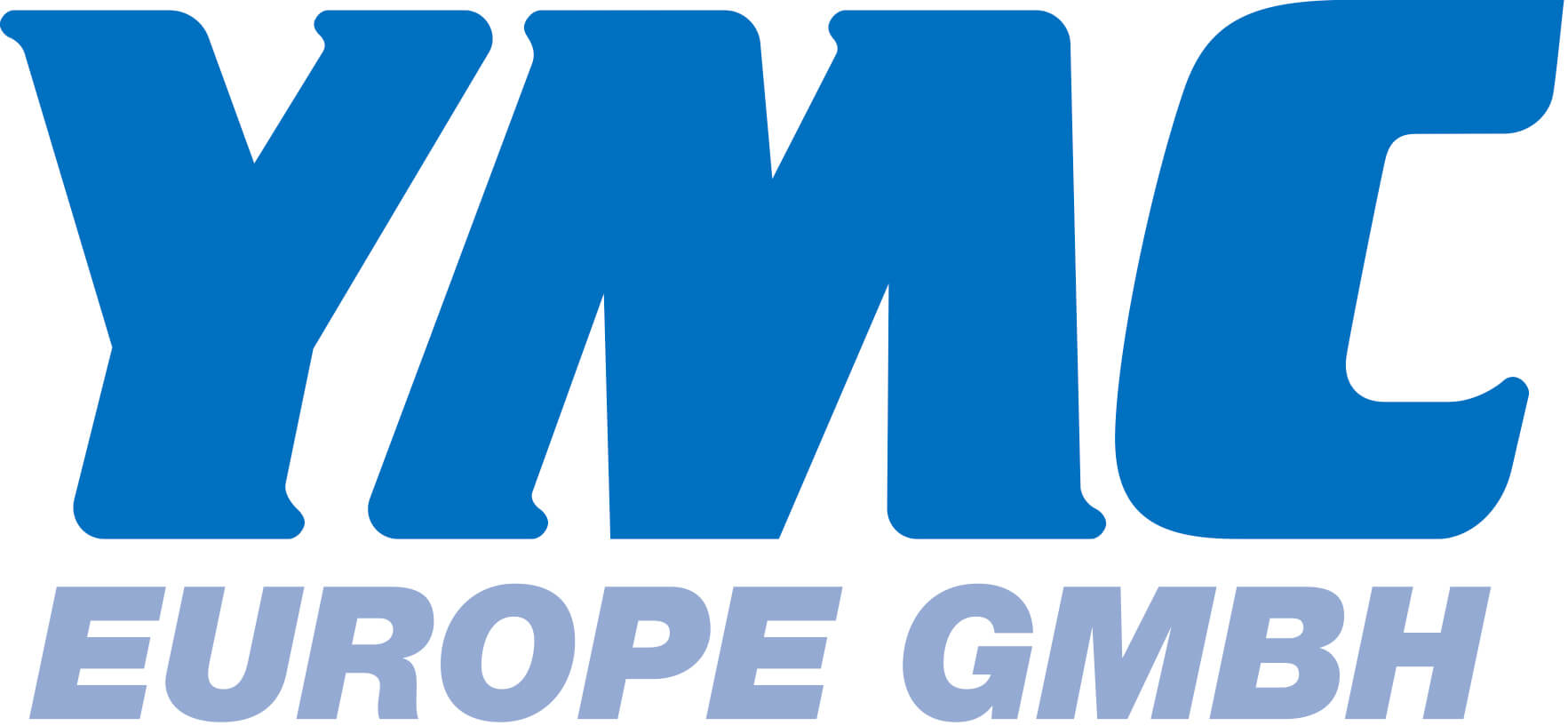Introduction
The efficiency of luminescence is usually quantified by the emission quantum yield (QY), which is defined as the number of emitted photons divided by the number of absorbed photons.

For most fluorescent and phosphorescent molecules the QY can be calculated by means of standard emission spectroscopy in comparison with a reference molecule with known QY. However, for some luminescence phenomena this is not so straightforward due to inner filter effects (scatter of excitation light and reabsorption of the emitted light) and dependence of the emission on the excitation intensity. For instance, at Leiden University we are researching the phenomenon of red-to-blue photon upconversion in nanovesicles. Photon upconversion is the conversion of low energy light to high energy light by combining the energy of multiple photons, in this case via “triplet-triplet annihilation” (TTA-UC). Due to the light scattering of the nanovesicles and the power dependency of TTA-UC, standard QY measurements were not applicable and the only reliable way to calculate the QY was via an absolute method based on a calibrated integrating sphere setup. Avantes supplied us with a customized integrating sphere (Avantes AvaSphere-30-IRRAD) in which a sample tube could be fitted. The picture above shows the blue upconverted light that is generated under irradiation of red laser light (the red light is blocked with a filter in front of the camera). The rest of the optical parts were connected with Avantes FC-UVxxx-2 (xxx = 200, 400, 600) optical fibers and the emission was detected using a Avantes AvaSpec-ULS2048L StarLine CCD spectrometer that was extra sensitive in the blue part of the spectrum. To generate a spectral output in real photon flux units, the integrating sphere and spectrometer were together calibrated using an Avantes Avalight-HAL-CAL-ISP30 NIST traceable calibration lamp.






